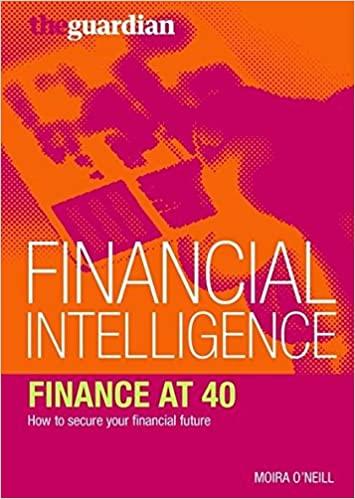Question
1. Stocks A, B, and C have expected returns of 14 percent, 14 percent, and 10 percent, respectively, while their standard deviations are 49 percent,
1. Stocks A, B, and C have expected returns of 14 percent, 14 percent, and 10 percent, respectively, while their standard deviations are 49 percent, 25 percent, and 25 percent, respectively. If you were considering the purchase of each of these stocks as the only holding in your portfolio and the risk-free rate is 0 percent, which stock should you choose? (Hint: the Coefficient of Variation (CV) measures the risk of an investment for each 1% of expected return; in other words, the higher the CV, the greater the risk. Round answers to 2 decimal places, e.g. 15.25.)
2.
You are considering investing in a mutual fund. The fund is expected to earn a return of 15 percent in the next year. If its annual return is normally distributed with a standard deviation of 7.0 percent, what return can you expect the fund to beat 95 percent of the time? (Round answer to 2 decimal places, e.g. 52.75%.)
Step by Step Solution
There are 3 Steps involved in it
Step: 1

Get Instant Access to Expert-Tailored Solutions
See step-by-step solutions with expert insights and AI powered tools for academic success
Step: 2

Step: 3

Ace Your Homework with AI
Get the answers you need in no time with our AI-driven, step-by-step assistance
Get Started


